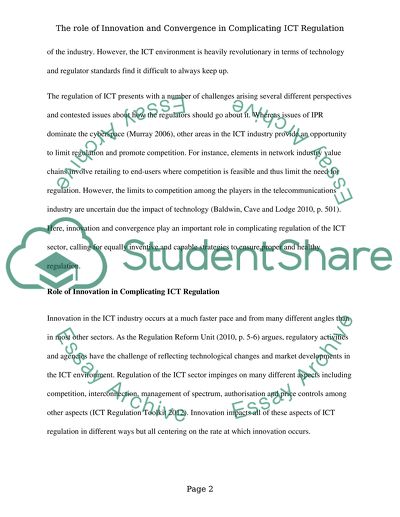Cite this document
(“The role of Innovation and Convergence in Complicating ICT Regulation Essay”, n.d.)
Retrieved from https://studentshare.org/marketing/1395211-the-role-of-innovation-and-convergence-in-complicating-ict-regulation
Retrieved from https://studentshare.org/marketing/1395211-the-role-of-innovation-and-convergence-in-complicating-ict-regulation
(The Role of Innovation and Convergence in Complicating ICT Regulation Essay)
https://studentshare.org/marketing/1395211-the-role-of-innovation-and-convergence-in-complicating-ict-regulation.
https://studentshare.org/marketing/1395211-the-role-of-innovation-and-convergence-in-complicating-ict-regulation.
“The Role of Innovation and Convergence in Complicating ICT Regulation Essay”, n.d. https://studentshare.org/marketing/1395211-the-role-of-innovation-and-convergence-in-complicating-ict-regulation.


